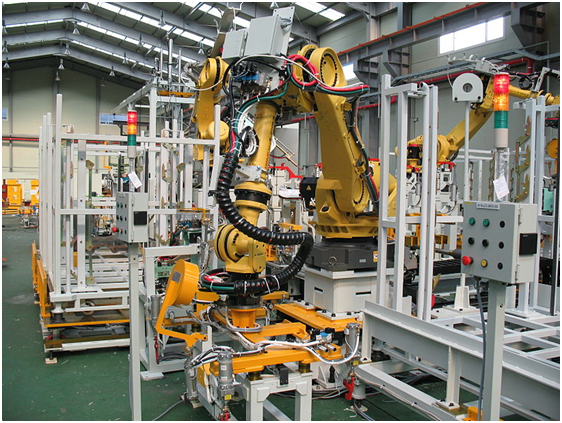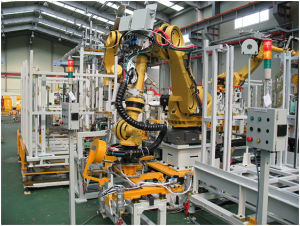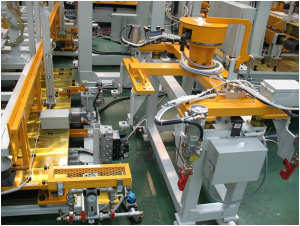Running a manufacturing facility demands an effective leadership style. A strong leader will combine an extensive knowledge of their industry with the people skills that lead to efficient management.
As the trading world gets wider, despite the threat of trade wars in the air, a good leader will boost international business knowledge that will help with international stakeholders.
Opportunities
There are many qualities that make an effective leader and it is never too late to hone and develop the necessary skills by embarking on courses or attending relevant seminars to share ideas with like-minded people.
There are several areas a great leader will constantly monitor, regardless of the sector they are operating in. Whether you are manufacturing basic components in a supply chain or a technical product such as Vacuum Conveyor, the same principles apply.
Being cost conscious means you will be able to track expenses and highlight cost-cutting opportunities, whether in supplies, the workforce, or delivery in the case of a product such as a vacuum conveyor. Even if the process overseen appears repetitive, bringing critical thinking to the table means improvements can be made and potential problems solved before they impact.
Confident
A good leader will be able to spot trends in sales and ensure inventory is adjusted accordingly.
A confident manager will also be able to convey their mood to the staff and display leadership skills that will help to drive the whole manufacturing process forward. Showing leadership does not mean being overbearing; instead, it means being confident in your own abilities. Improving the bottom line and benefiting the whole workforce will mean staff is keen to take your ideas on board.
By adopting this style of leadership, you will demonstrate dependability and enable people to believe in your ideas. This will filter down to team leaders and help to develop a strong management structure. Even then, you must be able to hold team members accountable when things go wrong. An open management style involving leading by example means you will create an atmosphere of trust amongst the workforce.
In turn, this will mean staff in the chain of command will feel confident about approaching you. Simply saying “My door is always open” is not enough. Fostering openness and honesty in discussions will result in a more effective management structure.



